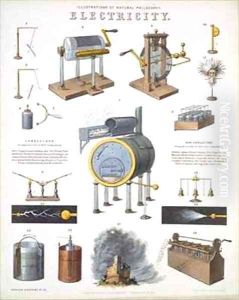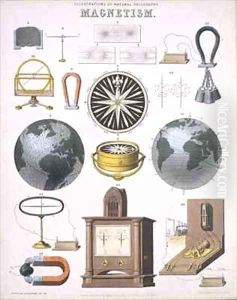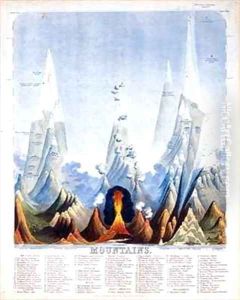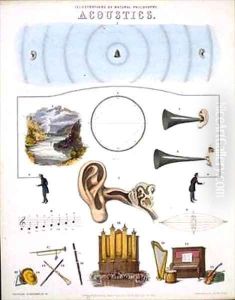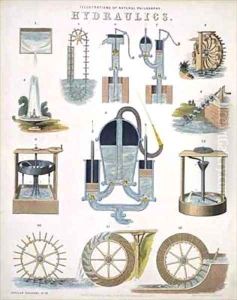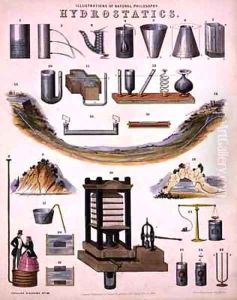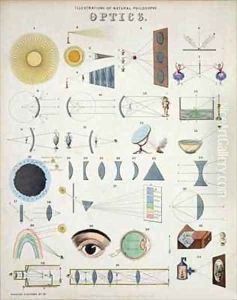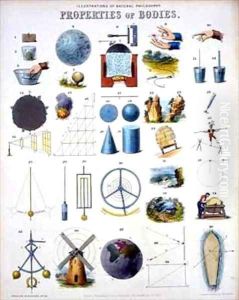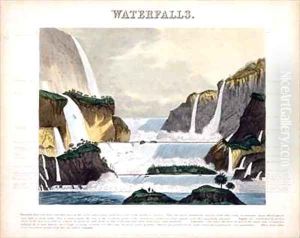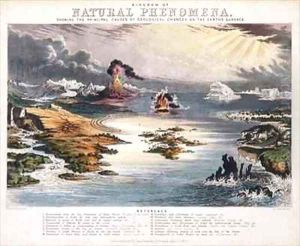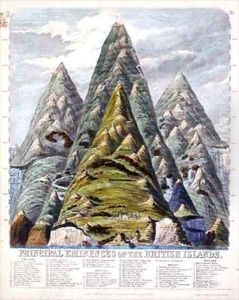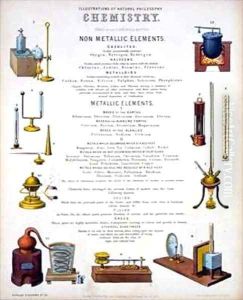John Emslie Paintings
John Emslie was an English engraver and painter, born in 1813. His career is notable for its contribution to educational and scientific illustration, a field that was rapidly expanding in the 19th century due to the growing public interest in science and education. Emslie's work encompassed a wide range of subjects, including astronomy, geography, and anatomy, making significant contributions to the visual communication of scientific ideas to a broader audience.
Emslie's training and early career are not extensively documented, but it is known that he worked in London, where he developed his skills in engraving and illustration. His ability to depict complex scientific concepts in an accessible and visually appealing manner soon garnered attention. Emslie worked closely with many scientific institutions and educators, producing diagrams, charts, and maps that were used both in educational contexts and by the general public.
Throughout the mid to late 19th century, Emslie produced a significant number of works that were widely distributed. These included detailed astronomical diagrams illustrating the planets and their orbits, maps showing the geographical distribution of various natural phenomena, and anatomical illustrations that were used in medical education. His work is characterized by its clarity, attention to detail, and the effective use of visual contrast to highlight key features.
John Emslie's contributions extend beyond his own productions. He played a role in advancing the field of scientific illustration, setting standards for accuracy and clarity that influenced subsequent generations of illustrators. His work helped democratize access to scientific knowledge, making complex information understandable to those outside the scientific community.
Emslie passed away in 1875, but his legacy endures through his contributions to the fields of education and science. His illustrations remain a testament to the role of visual art in the dissemination of knowledge, and his work continues to be of interest to historians of science and art alike for its historical and aesthetic value.
